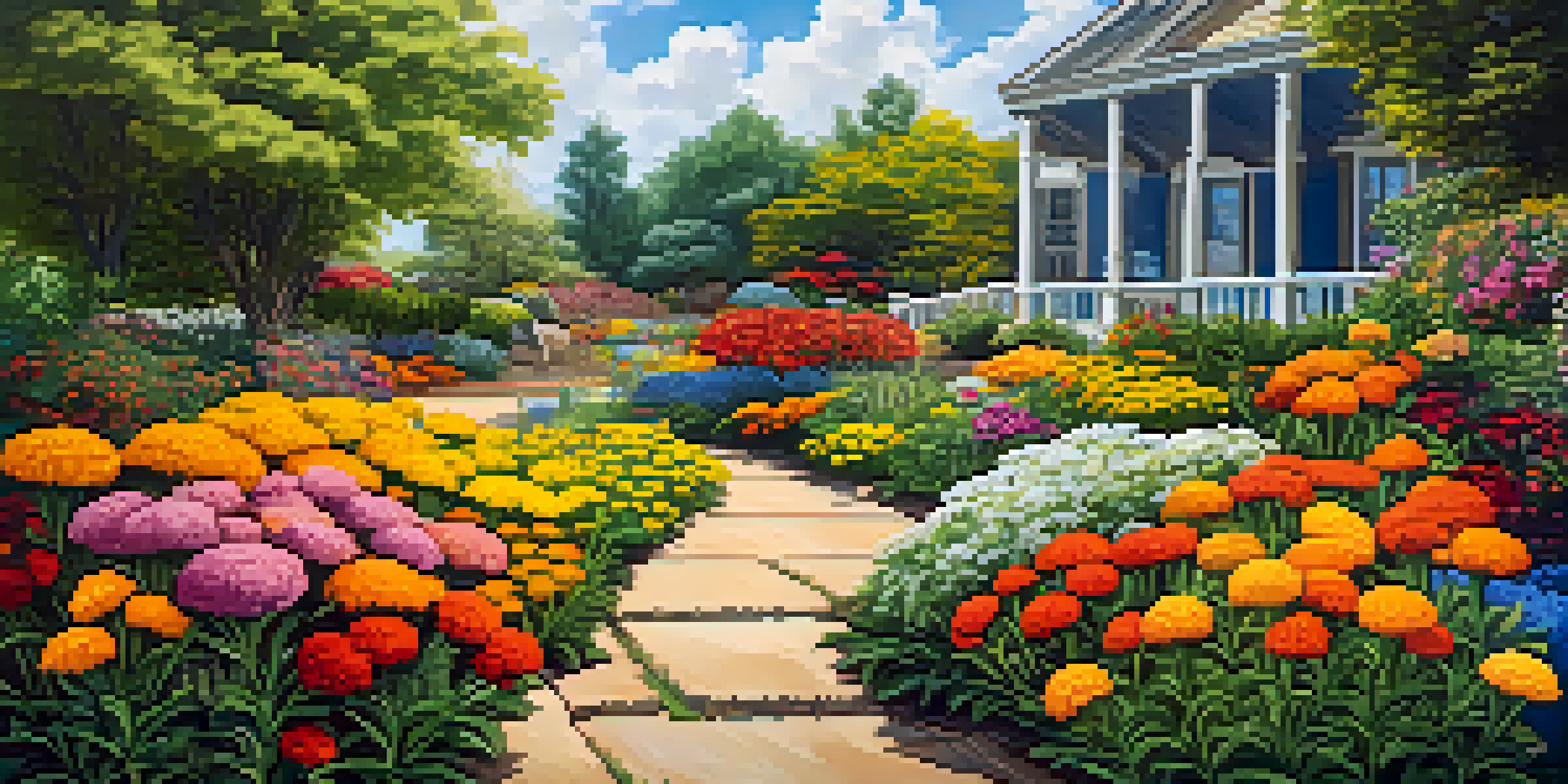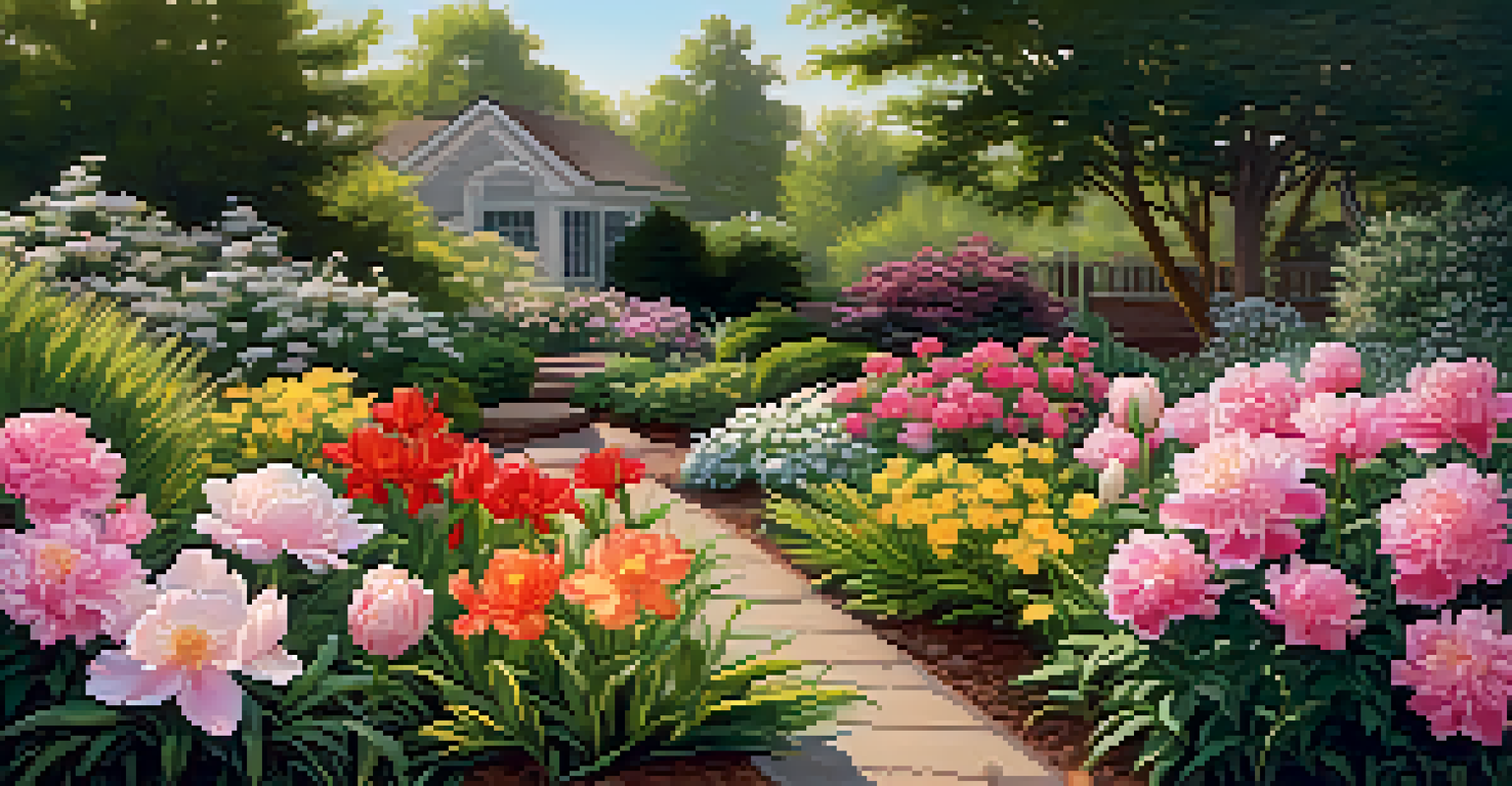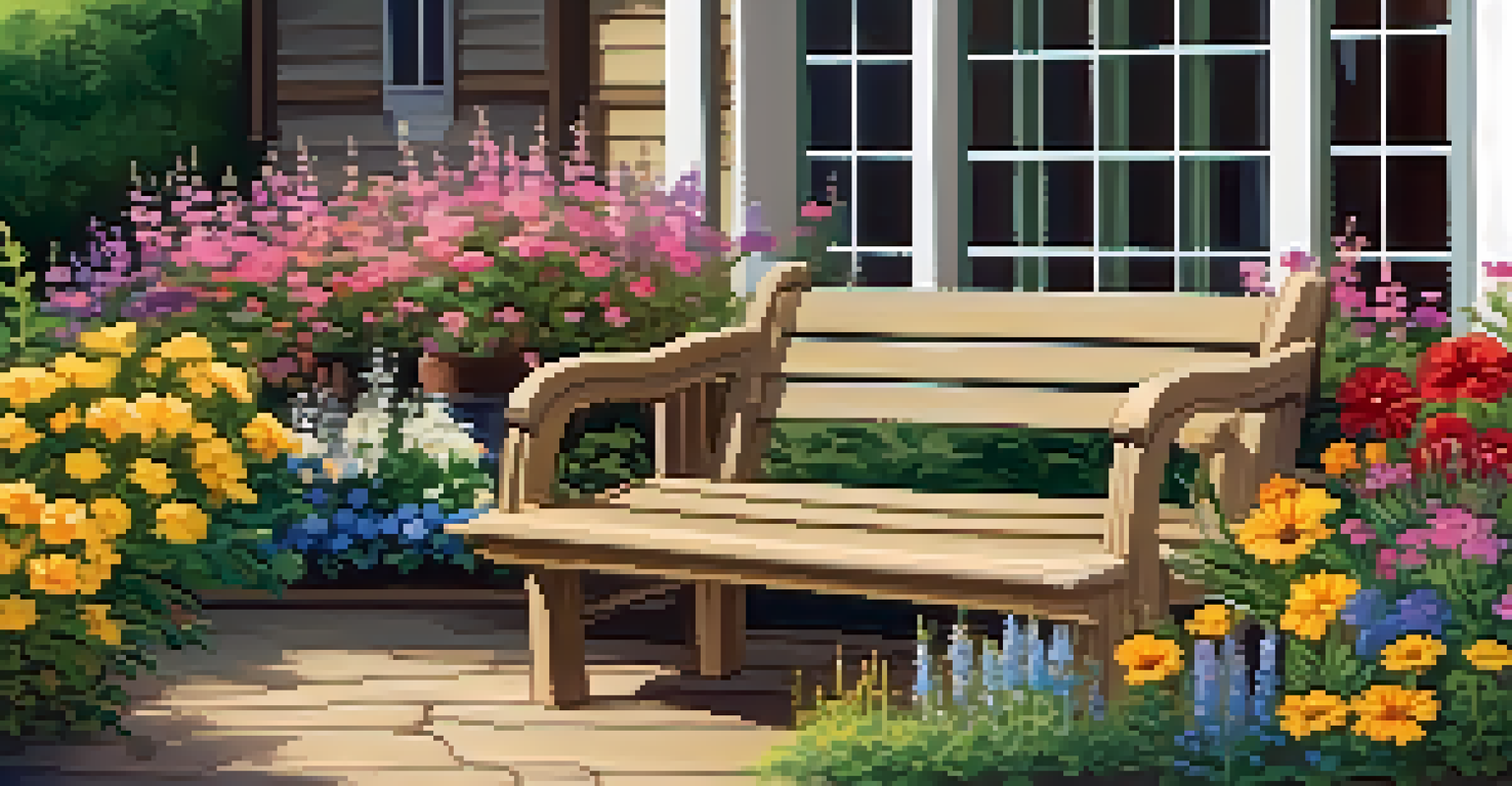Annual vs. Perennial: Seasonal Planting Guidelines Explained

What Are Annual Plants and Their Characteristics?
Annual plants complete their life cycle in a single growing season, sprouting, flowering, and dying within a year. This means you can enjoy a vibrant display in your garden, but you’ll need to replant them each year. Common examples include marigolds and zinnias, which provide color and beauty during the warmer months.
To plant a garden is to believe in tomorrow.
One of the perks of annuals is their ability to bloom all season long, giving you a continuous show of flowers. They often establish quickly, allowing for immediate gratification in your gardening efforts. Plus, their diverse varieties offer ample choices for different garden styles and preferences.
However, the downside is that they require more maintenance, as you’ll be replanting them every year. This can be a fun project, but it also means more work in the long run. Understanding what annuals suit your garden can help you plan your planting effectively.
What Are Perennial Plants and Their Key Features?
Perennial plants, in contrast, live for more than two years, returning to bloom season after season. They may take longer to establish, but once they do, they require less maintenance compared to annuals. Examples include peonies and daylilies, which can create a lasting and beautiful landscape.

One of the greatest advantages of perennials is their ability to come back year after year, providing stability in your garden. This means you can enjoy a more set-and-forget approach, allowing you to focus on other gardening tasks. With proper care, they can thrive for decades.
Annuals Offer Quick Color
Annual plants bloom within a single growing season, providing vibrant displays that require replanting each year.
However, it’s important to remember that perennials may have specific blooming periods, often resulting in gaps in your garden's color. Planning your garden layout to include a mix of perennials can help ensure a more consistent display of blooms throughout the seasons.
Choosing Between Annuals and Perennials for Your Garden
When deciding between annuals and perennials, consider your gardening goals and the effort you're willing to invest. If you enjoy changing your garden’s look every year and love experimenting with new varieties, annuals could be your best bet. They allow for creativity and versatility, keeping your garden fresh.
Gardening is a way of showing that you believe in tomorrow.
On the other hand, if you prefer a low-maintenance garden that provides beauty over the long haul, perennials may be the way to go. They require less replanting and can fill your space with established greenery and blooms. This option offers a more stable environment for both plants and wildlife.
Ultimately, a combination of both annuals and perennials can create a dynamic garden that offers both immediate results and lasting beauty. Mixing these plants can ensure your garden is colorful and lively all year round, giving you the best of both worlds.
Seasonal Planting Guidelines for Annuals
If you're diving into annual planting, timing is everything. Most annuals thrive when planted after the last frost date in your area, which typically falls in early spring. By planting at the right time, you’ll maximize their growth and blooming potential.
Regular watering and deadheading—removing spent flowers—are essential practices to promote continuous blooming. Annuals often need more frequent watering, especially during dry spells, so staying attentive to their needs is crucial. This care can lead to a stunning floral display throughout the season.
Perennials Provide Longevity
Perennial plants last for multiple years, offering consistent beauty with less maintenance once established.
Additionally, consider succession planting, which involves staggering your planting times to extend your blooming season. By planting new seeds or seedlings every few weeks, you can enjoy fresh blooms for a longer period, making your garden a vibrant spectacle from spring to fall.
Seasonal Planting Guidelines for Perennials
Perennials have a slightly different planting schedule. Ideally, they should be planted in the fall or early spring, depending on the variety and your climate. Fall planting allows roots to establish before winter, while spring planting ensures they are ready to bloom as the weather warms.
Once established, perennials generally require less water than annuals, making them easier to maintain. However, they still benefit from regular care, including mulching to retain moisture and suppress weeds. Proper care will help them thrive and produce beautiful blooms year after year.
Keep in mind that some perennials may take a season or two to fully establish and reach their blooming potential. Patience is key! By planning your garden layout wisely, you can create a harmonious environment that highlights your perennials' beauty as they mature.
Combining Annuals and Perennials for a Balanced Garden
Combining annuals and perennials can create a visually appealing and dynamic garden. By planting annuals among perennials, you can fill in gaps and add splashes of color as your perennials grow. This method not only enhances the aesthetic but also provides a more vibrant garden throughout the seasons.
Consider utilizing annuals as fillers or border plants around your perennials. This strategy can draw attention to perennial blooms and provide contrast, making your garden more exciting. The interplay of colors and textures can create a stunning visual effect.
Mixing Plants Enhances Beauty
Combining annuals and perennials creates a dynamic garden with continuous color and texture throughout the seasons.
Additionally, using annuals to complement perennial bloom cycles can help maintain interest and variety in your garden. For instance, you can plant early-blooming annuals alongside late-flowering perennials to ensure there’s always something in bloom, keeping your garden lively and engaging.
Maintenance Tips for Annuals and Perennials
Whether you choose annuals, perennials, or a mix of both, maintenance is key to a thriving garden. For annuals, regular watering, deadheading, and fertilizing will keep them healthy and blooming. Staying attentive to their needs can significantly enhance their performance throughout the growing season.
Perennials also require care, but once established, they often need less frequent watering and fertilizing. Regularly check for pests and diseases, and don’t forget to prune spent blooms to encourage new growth. This ongoing attention will ensure your perennials remain strong and beautiful.

Investing time in garden maintenance pays off, resulting in a flourishing garden that brings joy and beauty. Remember, gardening is a journey, and the more you nurture your plants, the more rewarding your experience will be.